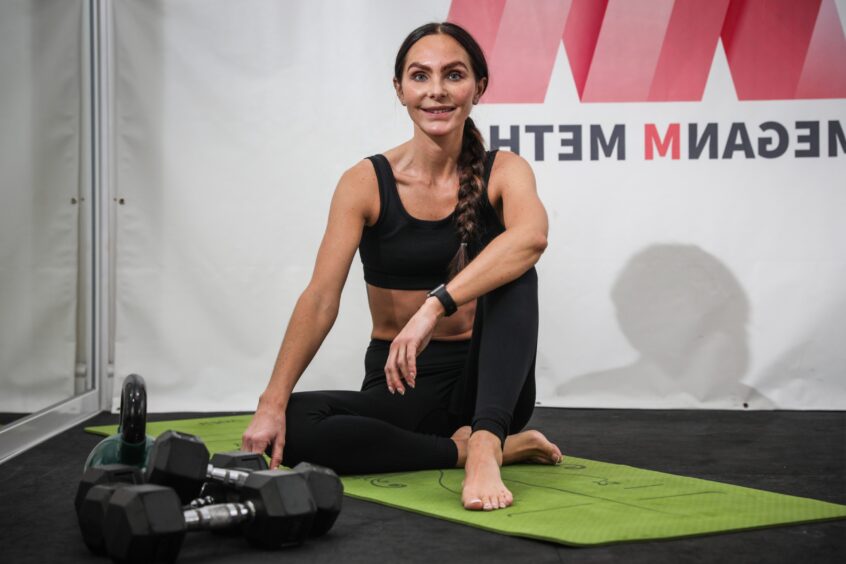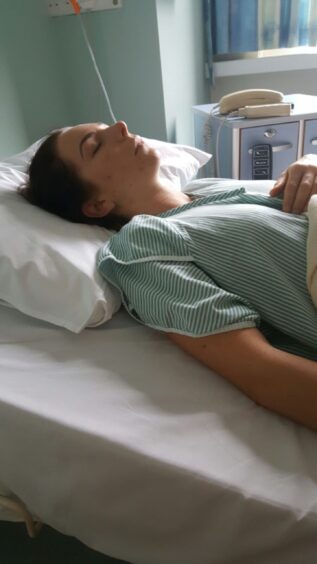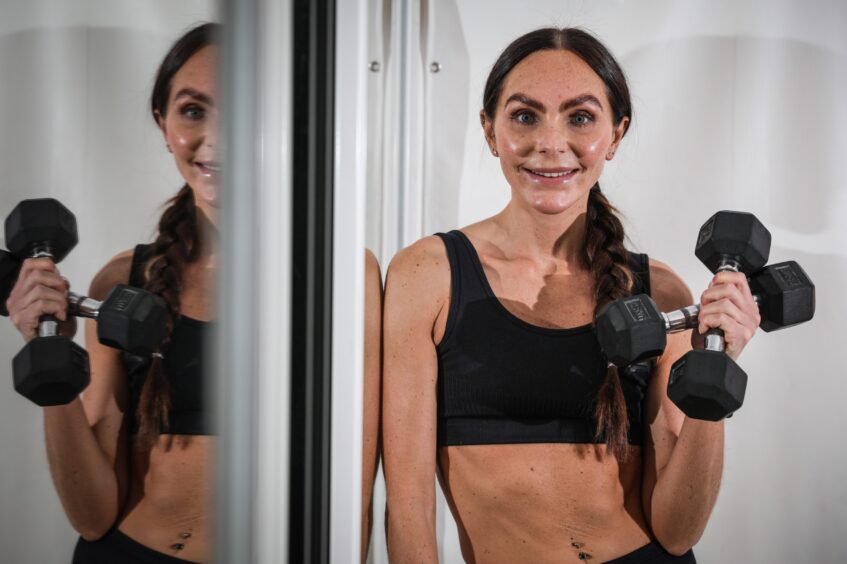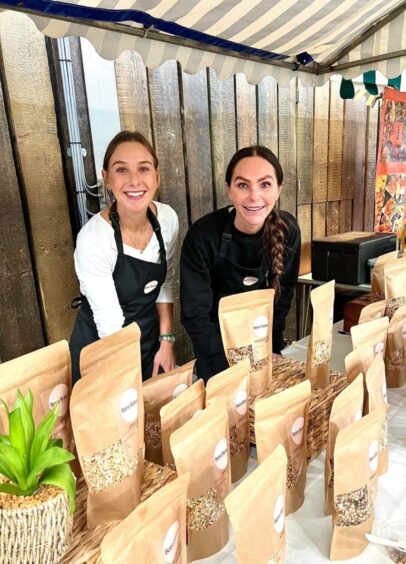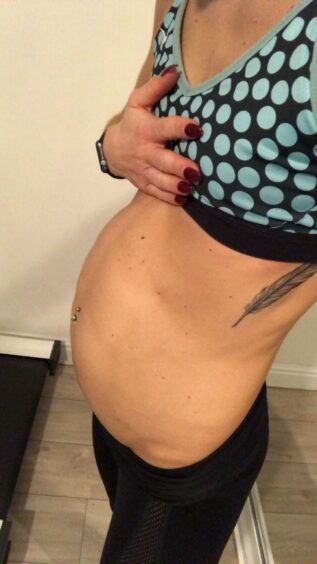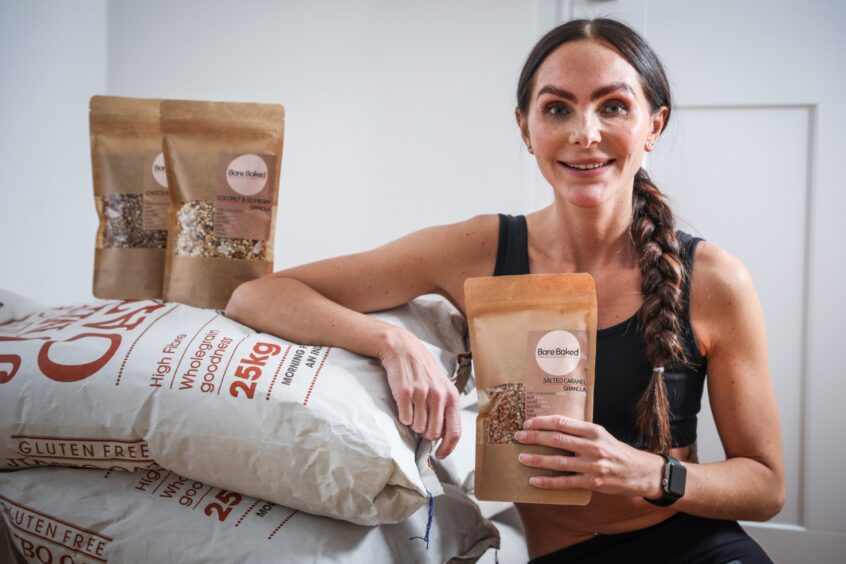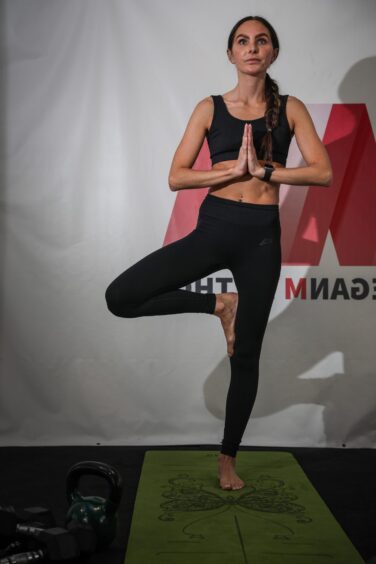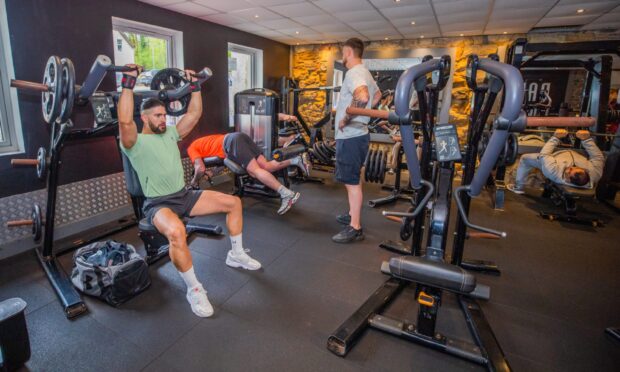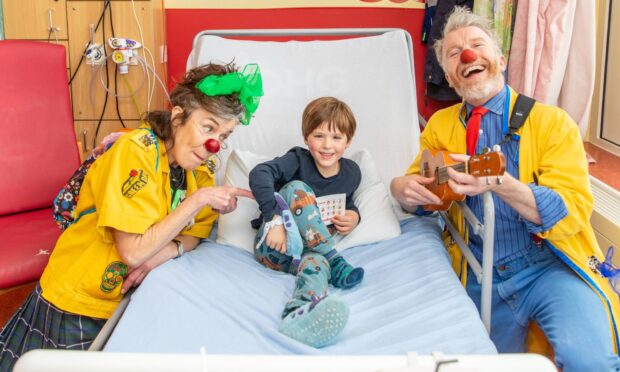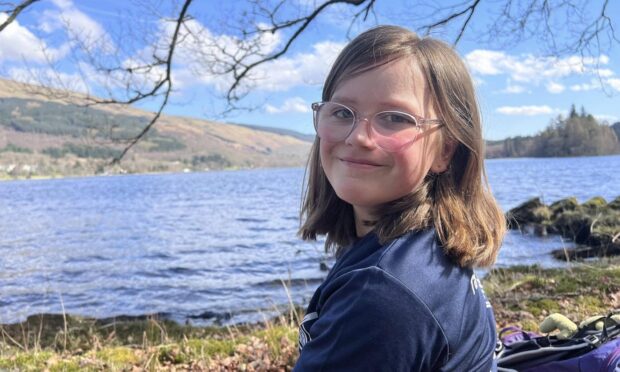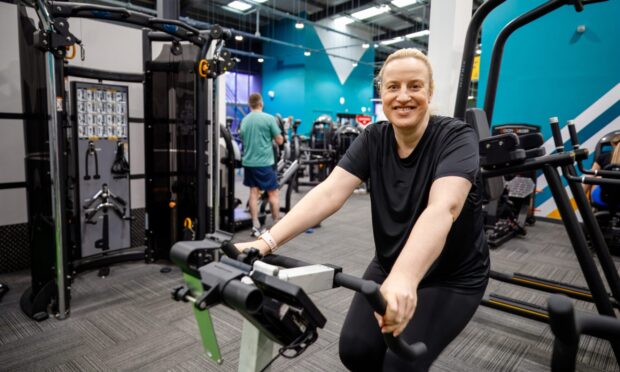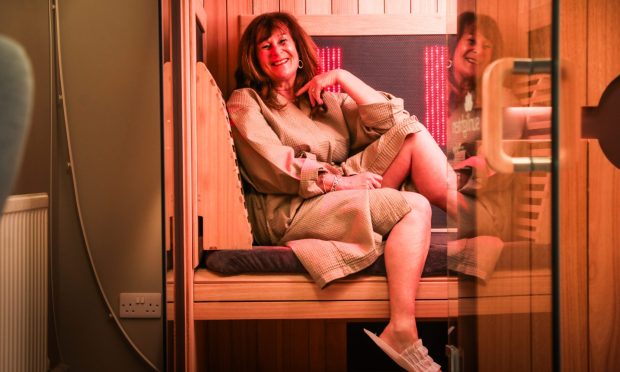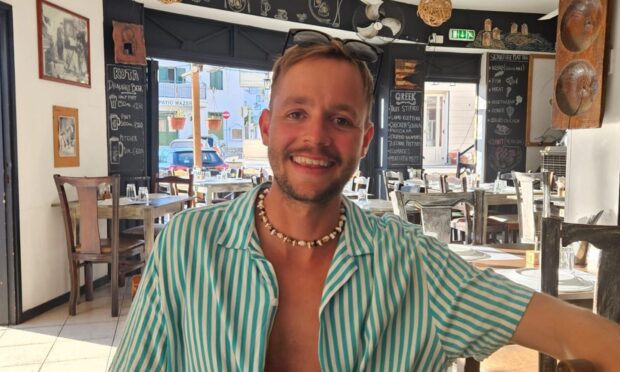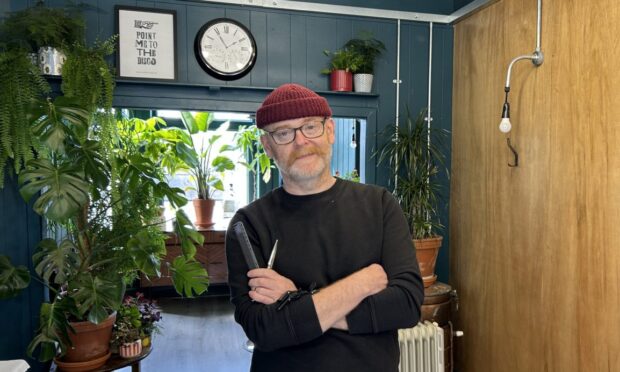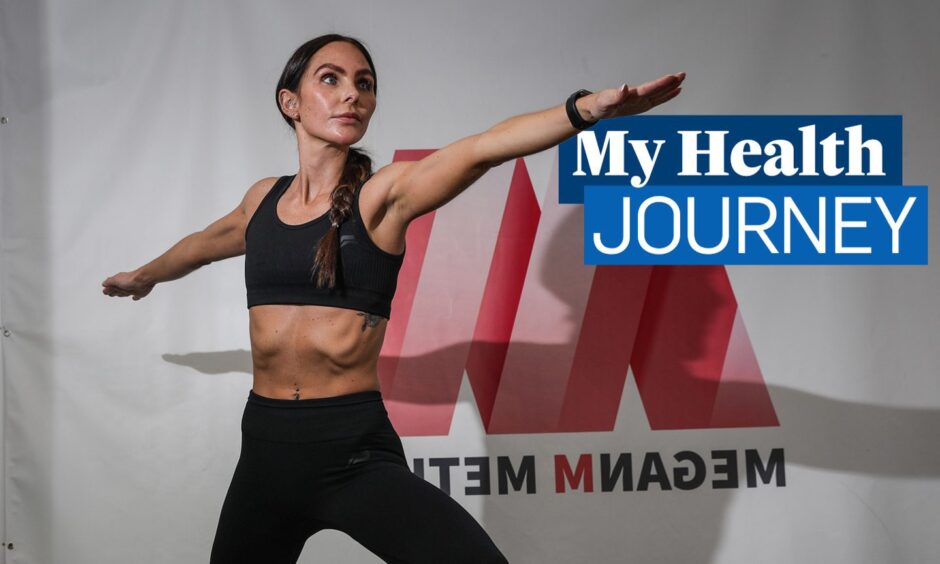
As a teenager Megan Murrie’s monthly period brought agonising cramps and heavy bleeding that left her confined to her bed for days.
It was so bad she was forced to take time off school.
“I started my periods when I was 14 but it wasn’t until I was 16 that it got really bad, Megan, now 32, from Windygates, explained.
“The first two or three days were the worst. I would be in bed in absolute agony and I couldn’t go out the house because the bleeding was so heavy.
“As I got older it got progressively worse, it was awful.”
This was the beginning of a 15-year journey for the personal trainer in learning how to manage the painful symptoms of long-term health condition, endometriosis.
What is endometriosis?
The common condition, which affects 1 in 10 women, causes tissue similar to the lining of the womb to grow in other places, such as the ovaries and fallopian tubes.
The symptoms can be debilitating and, for Megan, it took years to bring it under control.
Searching for help
Megan’s doctor gave her painkillers and she also tried taking contraceptive pills – but they didn’t give her much relief.
The exact cause of endometriosis is not known but it is sometimes believed to be genetic. In fact, it was Megan’s mum, who also suffered from the condition, who first suggested her daughter was referred to a gynaecologist.
“She knew the symptoms and knew it wasn’t just a normal period. My mum said to the doctor ‘this is definitely endometriosis and Megan has tried everything, can you just help her?'”
Diagnosed with endometriosis
Megan was taken in for keyhole surgery (laparoscopy) at Queen Margaret Hospital in Dunfermline, when she was 18.
The procedure, which can also be used to diagnose endometriosis, allows the surgeon to remove the rogue endometrial tissue.
Megan said: “Most of the cells I had were in my womb area, my ovaries and my bowel.”
Getting her life back on track
Afterwards Megan was put on a hormone treatment called Decapeptyl – an injection she was given every three months for a year.
It helps to reduce the symptoms of endometriosis and growth of the cells.
“I was very sore after the surgery but also relieved to find out I had endometriosis and that I wasn’t just making up the pain.”
Megan was able to have virtually three years pain-free after having the injection.
“I felt like I was able to get some of my life back.”
Becoming a personal trainer
Throughout her ordeal, Megan found that exercise played a key role in helping her condition.
It sparked her desire to become a personal trainer.
So at the age of 20 she formed her own company called MM Fitness Fife, later re-branding as Megan M.
“Exercising really helped with the inflammation in my body. My face, my joints and my stomach can all swell up so exercising really helped.
“But I found when I went from teaching two or three classes a week to seven or eight, it started to impact on my body.
“I had issues with endometriosis again because my body was pushed too much.”
Her fitness business became so successful that Megan’s sisters, Lyndsay, 30, and Kirsty Murrie, 28, also became involved to help her out.
The only downside was that it had an negative effect on her condition.
“I was in a lot of pain again and had to take time off work.”
A second surgery to help ease Megan’s pain
Megan decided to have another laparoscopy which she had done privately, at Spire Hospital in Edinburgh.
“The cells around my bowel were worse and there were also a lot of cells around my left ovary and in my womb,” she explained.
Unfortunately the treatment didn’t have the same lasting effects the second time round and the pain soon returned with a vengeance.
It was then Megan decided to take matters into her own hands. She spent hours researching endometriosis to see if she could find a way to heal herself naturally.
“I had tried everything, including different medications, and I was at my wits’ end with it,” she recalled.
“So I started working on changing my diet.
“I discovered my body couldn’t digest gluten, mostly bread and pasta, so I looked at alternatives like having rice and sweet potatoes instead.
“I had a milk intolerance too which made my endometriosis worse so I had coconut milk instead, which was better.”
Diet change helped Megan’s endometriosis
Megan’s diet was always healthy but she found making it stricter helped to reduce her pain.
Developing her own meals inspired her to create her own granola made from natural ingredients.
And last year, she founded a healthy food business called Bare Baked.
She first sold her granola online before approaching the Buffalo Farm in Kirkcaldy which agreed to stock her product. The business took off and Megan’s Bare Baked range now sells in 30 outlets across the UK.
She said: “My granola has helped other women with endometriosis.
“It also helps people with bowel problems, allergies or gluten intolerances.”
She added: “There are so many people with health conditions I am now helping when I really only set out to help those like me with endometriosis – it’s amazing.”
How yoga has helped Megan’s symptoms
In 2022 Megan became a qualified yoga teacher as she found the practice also helps ease her symptoms.
“I started yoga which really helped to ease my stress as this can play a huge factor in my flare-ups.
“Yoga also helped me to manage any pain I was having.
“It has made a huge difference.”
Megan said making lifestyle changes and having a positive mindset has also been key.
“I had to reduce my exercise so I wasn’t doing it at such an intense level, which is why I now do classes online instead of community classes,” she said.
“As a result my endometriosis is now the best it has been in years.
“I currently take medication which has stopped my periods and this has helped.
“But it’s the combination of this along with maintaining my fitness, practicing yoga and balancing that with a healthy diet which has helped my condition massively.
“I now live a pretty normal life which I never thought I would be able to say.”
